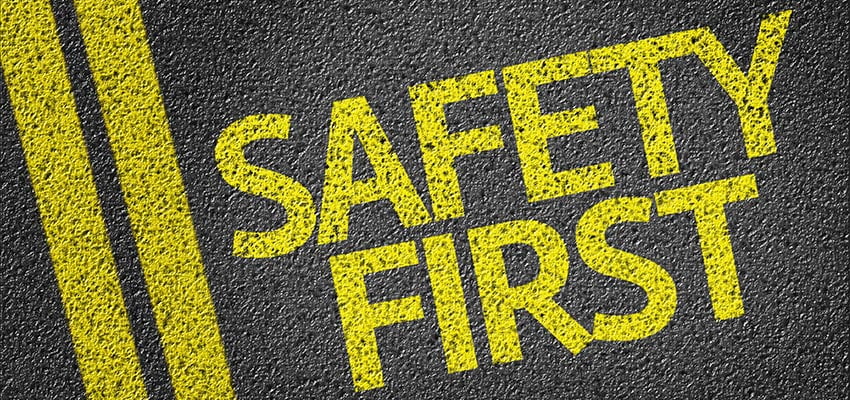INJURIES to two crew members on a bulker has prompted a safety warning about the importance of adhering to “best practice” while working aloft.
The incident occurred in early January last year on the vessel Berge Daisetsu while it was at Portland, Victoria.
A team of six crewmembers were cleaning and painting the cargo hold under the supervision of the chief mate.
According to the Australian Transport Safety Bureau, while the ship did not have portable scaffolding equipment or approved suspended access platforms, the master discussed other options with the chief mate and bosun for how the upper sections of the hold could be worked on.
The crew rigged a portable gangway which was suspended from the cargo crane hook via slings.
The ship’s crewmembers completed a risk assessment in accordance with safety management system requirements, however, the equipment and machinery use was contrary to company policy and procedures.
As two crewmembers worked aloft on the platform, the crane’s block caught on the coaming and came free, sending an unexpected heavy shock into the platform.
The two crewmembers were knocked over and landed heavily on their knees and lower body, causing serious injury.
The ATSB investigation found the equipment and machinery were unsuitable for the task, making hazard identification difficult, and exposed the workers to increased risk.
“This accident illustrates the consequence of deviating from accepted safety management procedures and industry best practice,” said ATSB director transport safety Stuart Macleod.
“The use of machinery and equipment contrary to its intended purpose, makes hazard identification difficult and exposes those directly involved to significantly increased risk.”
The investigation also found the fall arrest equipment used was incorrectly attached to the workers on the suspended platform.
According to the ATSB, had either of them fallen from the platform, the equipment would not have worked correctly, “resulting in serious or fatal injuries”.
Berge Bulk Maritime has completed the supply of approved working aloft equipment to its geared bulk carriers and is modifying vessel cranes for personnel lifting. Specific working aloft and bulk carrier safety training has been conducted and made mandatory for crewmembers every two years.

